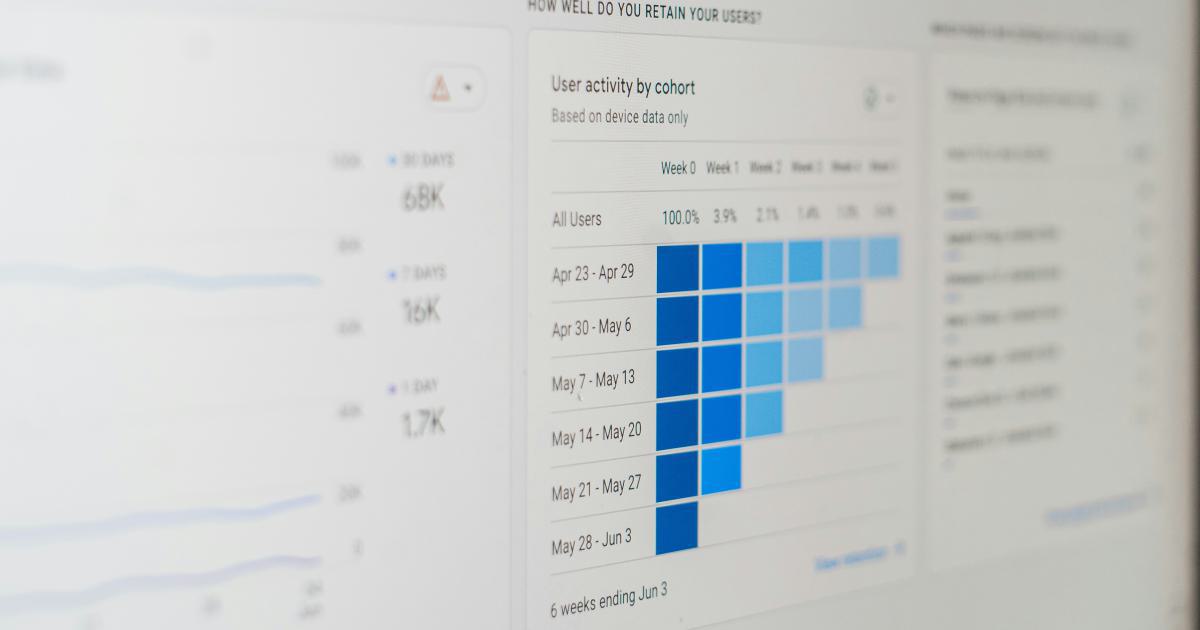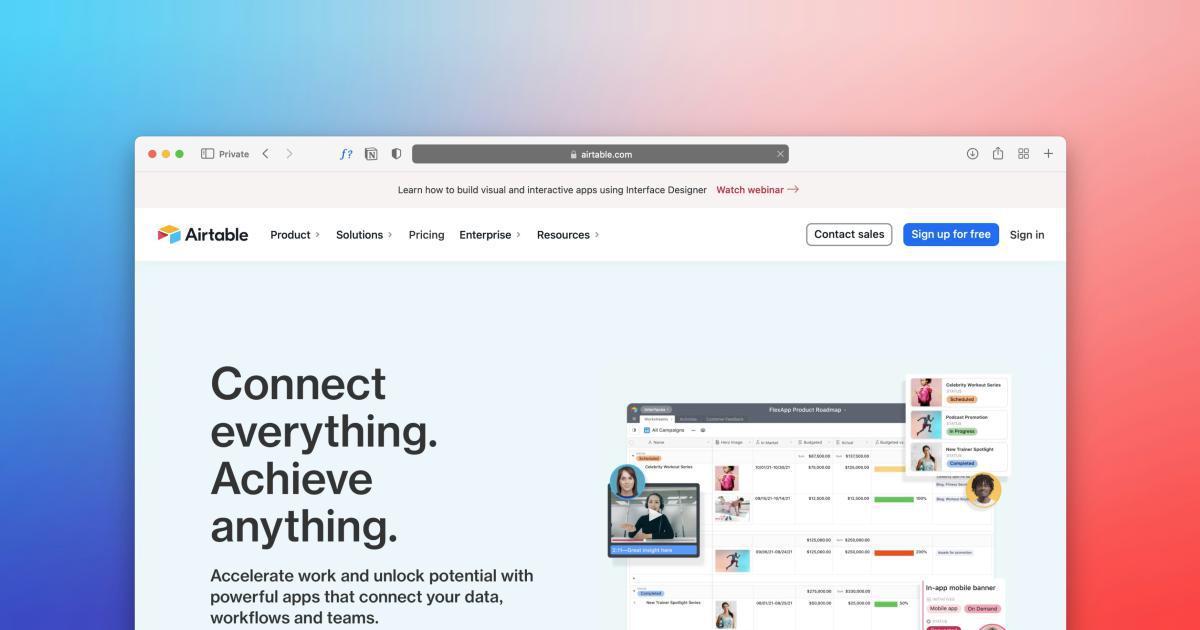Increase Sales by 20%: 5 Proven User Behavior Retargeting Tactics


Opening Hook
Imagine this scenario: You've just launched a new e-commerce store, brimming with high-quality products and an intuitive, mobile-friendly design. Your marketing team has worked tirelessly to drive traffic to the site, utilizing a mix of SEO, social media, and paid advertising. Initially, the results are promising – you're seeing a steady flow of visitors and a respectable number of conversions.
However, as the weeks and months go by, you notice that your conversion rate has plateaued, and your sales growth is starting to stagnate. Despite your best efforts, you can't seem to break through that 20% barrier and achieve the kind of explosive growth you were hoping for.
This is a common challenge faced by many e-commerce businesses, both large and small. In today's hyper-competitive digital landscape, simply driving traffic to your website is no longer enough. To truly thrive, you need to understand the behavior and preferences of your customers, and then use that knowledge to create targeted, personalized experiences that keep them coming back.
That's where user behavior retargeting comes in. By leveraging the wealth of data available through analytics and customer tracking, you can identify the most valuable segments of your audience and deploy highly effective campaigns to re-engage them. The result? A significant boost in sales, with the potential to increase your conversion rate by 20% or more.
In this comprehensive guide, we'll explore five proven user behavior retargeting tactics that have been used by successful e-commerce brands to drive sustained growth and profitability. Get ready to unlock the full potential of your online store and take your sales to new heights!
The Journey
Understanding User Behavior Retargeting
User behavior retargeting is a powerful marketing strategy that involves tracking and analyzing the actions and preferences of your website visitors, then using that information to serve them highly personalized content and offers. By understanding how your customers interact with your brand, you can create tailored campaigns that speak directly to their needs and interests, ultimately driving increased engagement, conversions, and revenue.
At its core, user behavior retargeting relies on the collection and analysis of data from various customer touchpoints, such as:
- Website Interactions: Pages visited, time spent on site, products viewed, shopping cart abandonment, and more.
- Email Engagement: Open rates, click-through rates, and responses to specific offers or content.
- Social Media Activity: Shares, likes, comments, and interactions with your brand's social media channels.
- Offline Behavior: In-store visits, purchases, and interactions with your brand in the physical world.
By aggregating and analyzing this data, you can gain a deep understanding of your customers' preferences, pain points, and buying behavior. Armed with these insights, you can then create highly targeted retargeting campaigns that are more likely to resonate and convert.

Tactic 1: Abandoned Cart Retargeting
One of the most common and effective user behavior retargeting tactics is abandoned cart retargeting. This approach focuses on customers who have added items to their shopping cart but failed to complete the purchase, a phenomenon known as "cart abandonment."
Cart abandonment is a widespread issue in the e-commerce industry, with an estimated average rate of 69.57% across all industries. By implementing an abandoned cart retargeting strategy, you can reconnect with these valuable "almost-customers" and encourage them to complete their purchase.
"Abandoned cart retargeting has the potential to recover up to 63% of lost revenue from cart abandonment." - Econsultancy
The key to successful abandoned cart retargeting is to strike the right balance between persistence and personalization. Rather than bombarding customers with generic "buy now" messages, craft a series of carefully timed, personalized emails that remind them of the items in their cart, highlight any relevant promotions or discounts, and provide a seamless path back to the checkout process.

Tactic 2: Dynamic Product Retargeting
Another highly effective user behavior retargeting tactic is dynamic product retargeting. This approach involves serving your website visitors personalized product recommendations based on their browsing and purchase history, as well as their interactions with your brand across various channels.
By tracking and analyzing the specific products and categories that each customer has shown interest in, you can create targeted ad campaigns that feature the exact items they're most likely to be interested in purchasing. This level of personalization not only increases the relevance and appeal of your retargeting ads but also helps to build a stronger, more loyal relationship with your customers.
"Dynamic product retargeting can increase conversion rates by up to 147%." - Adroll
Dynamic product retargeting can be implemented across a variety of ad platforms, including social media, search engines, and display networks. By syncing your product catalog with these platforms, you can ensure that your customers are consistently seeing the most relevant and compelling offers, no matter where they are in their buyer's journey.

Tactic 3: Content Engagement Retargeting
In addition to product-focused retargeting, you can also leverage your customers' content engagement behavior to deliver highly personalized retargeting campaigns. This tactic involves tracking which blog posts, videos, and other content assets your website visitors have interacted with, and then using that information to serve them tailored content recommendations and offers.
By understanding the specific topics and interests that resonate with your audience, you can create retargeting campaigns that position your brand as a trusted authority and valuable resource. This not only helps to build brand loyalty and repeat business but also creates opportunities to cross-sell and upsell your products and services.
"Content engagement retargeting can increase conversion rates by up to 180%." - Hubspot
One effective way to implement content engagement retargeting is to create targeted email nurture campaigns that deliver relevant content and offers based on each subscriber's content consumption history. You can also use this data to inform your social media and display advertising strategies, ensuring that your retargeting ads are always aligned with your customers' preferences and needs.

Tactic 4: Audience Segmentation Retargeting
While the previous tactics have focused on specific user behaviors, audience segmentation retargeting takes a more holistic approach to understanding and targeting your customer base. By dividing your website visitors into distinct segments based on a range of demographic, psychographic, and behavioral factors, you can create highly personalized retargeting campaigns that speak directly to the unique needs and preferences of each group.
Some key factors to consider when segmenting your audience include:
- Demographics: Age, gender, location, income level, etc.
- Psychographics: Interests, values, lifestyle, personality traits, etc.
- Behavior: Purchase history, browsing patterns, content engagement, etc.
- Lifecycle Stage: New visitors, repeat customers, loyal advocates, etc.
By leveraging audience segmentation data, you can create tailored retargeting campaigns that are more likely to resonate with each customer group. This could involve serving different product recommendations, content offers, or promotional incentives based on the specific needs and pain points of each segment.
"Audience segmentation retargeting can increase conversion rates by up to 200%." - Marketo
Implementing audience segmentation retargeting requires a robust customer data platform and advanced analytics capabilities. However, the potential payoff in terms of increased sales, customer loyalty, and lifetime value makes it a highly valuable investment for e-commerce businesses of all sizes.

Tactic 5: Predictive Behavior Retargeting
The final user behavior retargeting tactic we'll explore is predictive behavior retargeting. This cutting-edge approach involves using advanced data modeling and machine learning algorithms to anticipate the future actions and preferences of your website visitors, and then delivering tailored retargeting campaigns to influence their behavior.
By analyzing a wide range of customer data points, including browsing history, purchase patterns, demographic information, and even external market trends, predictive behavior retargeting models can identify the customers who are most likely to convert, churn, or take other specific actions. Armed with these insights, you can then create highly targeted retargeting campaigns that are designed to nudge these customers towards the desired outcome, whether that's making a purchase, signing up for a newsletter, or engaging with your brand in some other way.
"Predictive behavior retargeting can increase conversion rates by up to 350%." - McKinsey
Implementing predictive behavior retargeting requires a significant investment in data infrastructure, analytics capabilities, and machine learning expertise. However, the potential rewards in terms of increased sales, reduced customer acquisition costs, and improved customer lifetime value make it a highly attractive strategy for e-commerce businesses that are looking to gain a competitive edge.

Climax
By leveraging these five proven user behavior retargeting tactics, e-commerce businesses can unlock a significant boost in sales and profitability. From abandoned cart recovery to predictive behavior modeling, these strategies provide a powerful toolkit for driving increased engagement, conversions, and customer loyalty.
The key to success lies in understanding your customers' preferences and behavior, and then using that knowledge to create highly personalized, relevant, and compelling retargeting campaigns. By constantly testing, optimizing, and refining your approach, you can continually improve the effectiveness of your user behavior retargeting efforts and stay ahead of the competition.
Resolution
Remember, the ultimate goal of user behavior retargeting is to create a seamless, personalized customer experience that keeps your brand top-of-mind and drives sustained growth. By investing in the right data infrastructure, analytics capabilities, and marketing automation tools, you can harness the power of user behavior insights to unlock the full potential of your e-commerce business.
So, what are you waiting for? Start leveraging these five proven user behavior retargeting tactics today, and watch your sales soar by 20% or more!